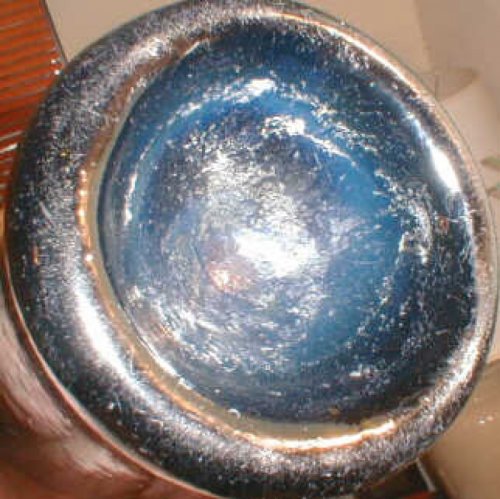Hi All,
I am relatively new to bottle collecting. Got started when a friend introduced me to digging Civil War winter huts 3 years ago. Some pretty bottles have come to light recently. My best find was a Flora Temple flask last winter. It is a pint size without a handle in aqua. The only problem with it is a pot stone about the size of a pencil eraser on the back. It will never be sold by me but have had opinions that the stone reduce the value from 1/2 to 2/3. What do you guys think?
I am relatively new to bottle collecting. Got started when a friend introduced me to digging Civil War winter huts 3 years ago. Some pretty bottles have come to light recently. My best find was a Flora Temple flask last winter. It is a pint size without a handle in aqua. The only problem with it is a pot stone about the size of a pencil eraser on the back. It will never be sold by me but have had opinions that the stone reduce the value from 1/2 to 2/3. What do you guys think?


